From handmade original blends to corporate brand products, craft cola has become widely popular. Although it is now becoming an established drink, one of the key peoples behind this trend is Tomoka Furuya, the founder of Tomo Cola.
Furuya grew up in a food conscious family and was always drawn to the world of spices and herbs. Her desire to create products that exemplified their appeal led to the birth of Tomo Cola, a 100% natural and additive-free drink that gracefully overturned the image of cola as something that is “delicious but unhealthy.”
Her product is now available in many restaurants and luxury supermarkets and it is enjoyed by many people.
Her journey with cola began only a few years ago after casually serving her friends some handmade cola.
Now, she has founded the Nihon Kusaki Lab (Japan Tree and Grass Lab) and focuses on researching how to eat native Japanese plants.
In other words, she is focusing on the colorful and powerful spices and herbs that have piqued her curiosity since she was a child.
We spoke to Furuya about her journey in creating Tomo Cola, how she is exploring new ways to enjoy wood as food, and what sparks her curiosity now.
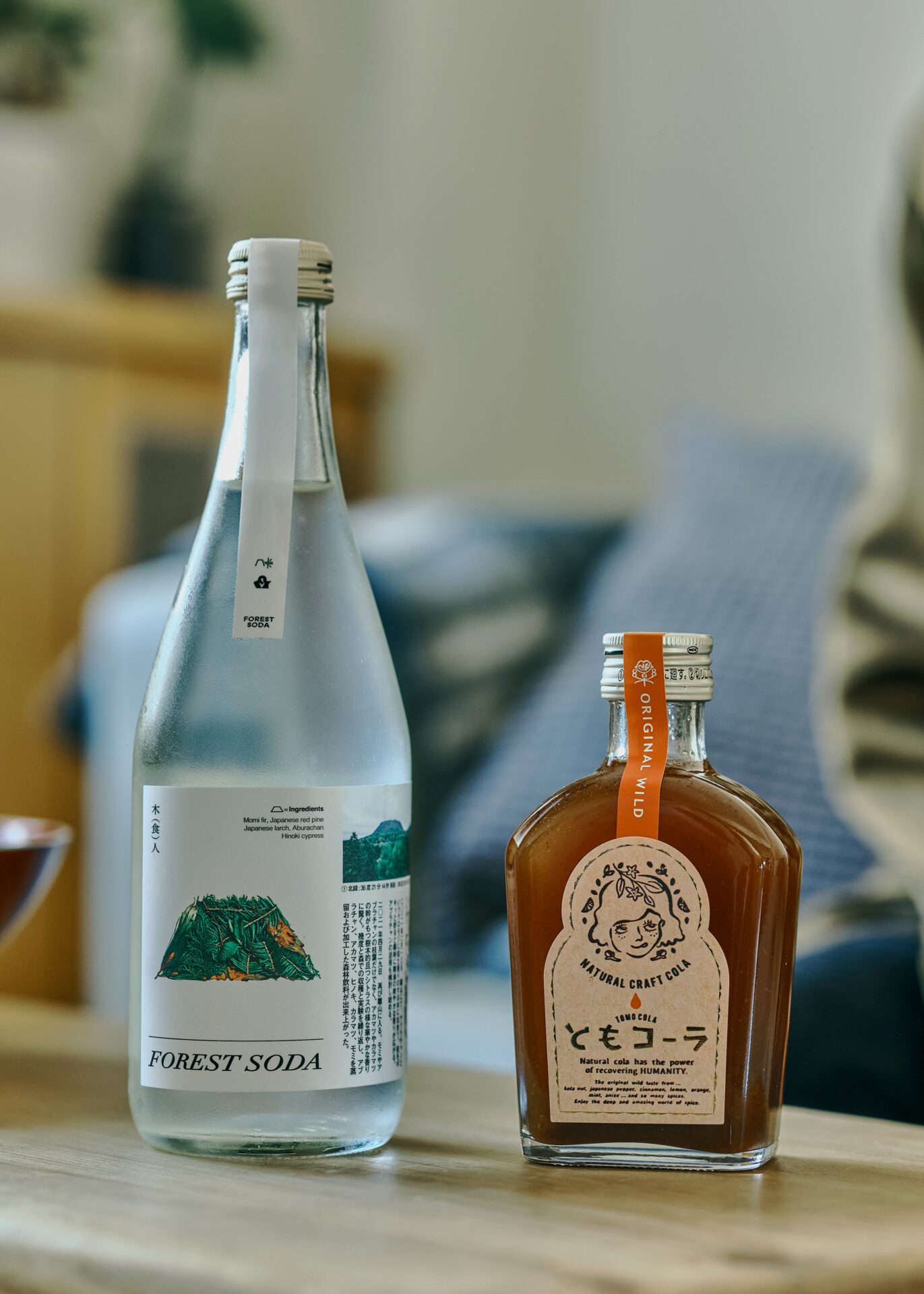
A journey that began with bread
── We heard that Tomo Cola was created out of your interest in spices and herbs, and that you were very interested in cooking and food because of your upbringing.
My mother and maternal grandmother were very passionate about food and nutrition, so I think I became very interested in food from a young age. The topic of conversation at the dinner table was always about the food we were eating.
They would explain things like, “The pork in today’s dish was raised without antibiotics.” My mother would not use foods that contained additives and was careful not to use too much sugar. Although it was 20 years ago, she was already making gluten-free wraps out of powdered beans.
──Making gluten-free dishes 20 years ago is quite progressive.
I think that is why I am so extraordinarily interested in food and I grew to love eating as well. Herbs and spices always sparked my curiosity and I have used it often in my cooking since I was a child.
Although you can now find herbs like basil and rosemary in supermarkets, they don’t sell many other varieties. As a child I realized that spices were not so commonly used in Japan and so from a young age I had the desire to share its appeal to other people. That is the root of my interest in herbs and spices.

── That early interest must have eventually led to the development of Tomo Cola, but you said you studied architecture during your university years. Why did you choose to study architecture?
I started out in the liberal arts department at my university, but I didn’t really like how a lot of the people were very critical of things, and felt that there was a lack of respect for people who work with their hands and make things. I did not enjoy how discussions tended to precede other things. That’s why I chose to change departments into something that was more hands-on and architecture was the only major that met my needs.
However, since I was not necessarily interested in becoming an architect, rather than studying how to make buildings, I was more interested in studying how architecture acts as a way of expression in our current society.
── Concept design is the basis of any project, so it is a skill that can be applied anywhere.
Concept design can be applied to the business world such as the service industry or app development, so after graduation I worked in a sales agency.
However, after working there I realized that most projects deviate from the original ideas or concepts as they progress. Since that was the case, I decided I would rather work on something I personally enjoy. I thought about what it is that consumes my interest so much that I forget about time. Eventually, I realized that it was my fundamental interest in food.
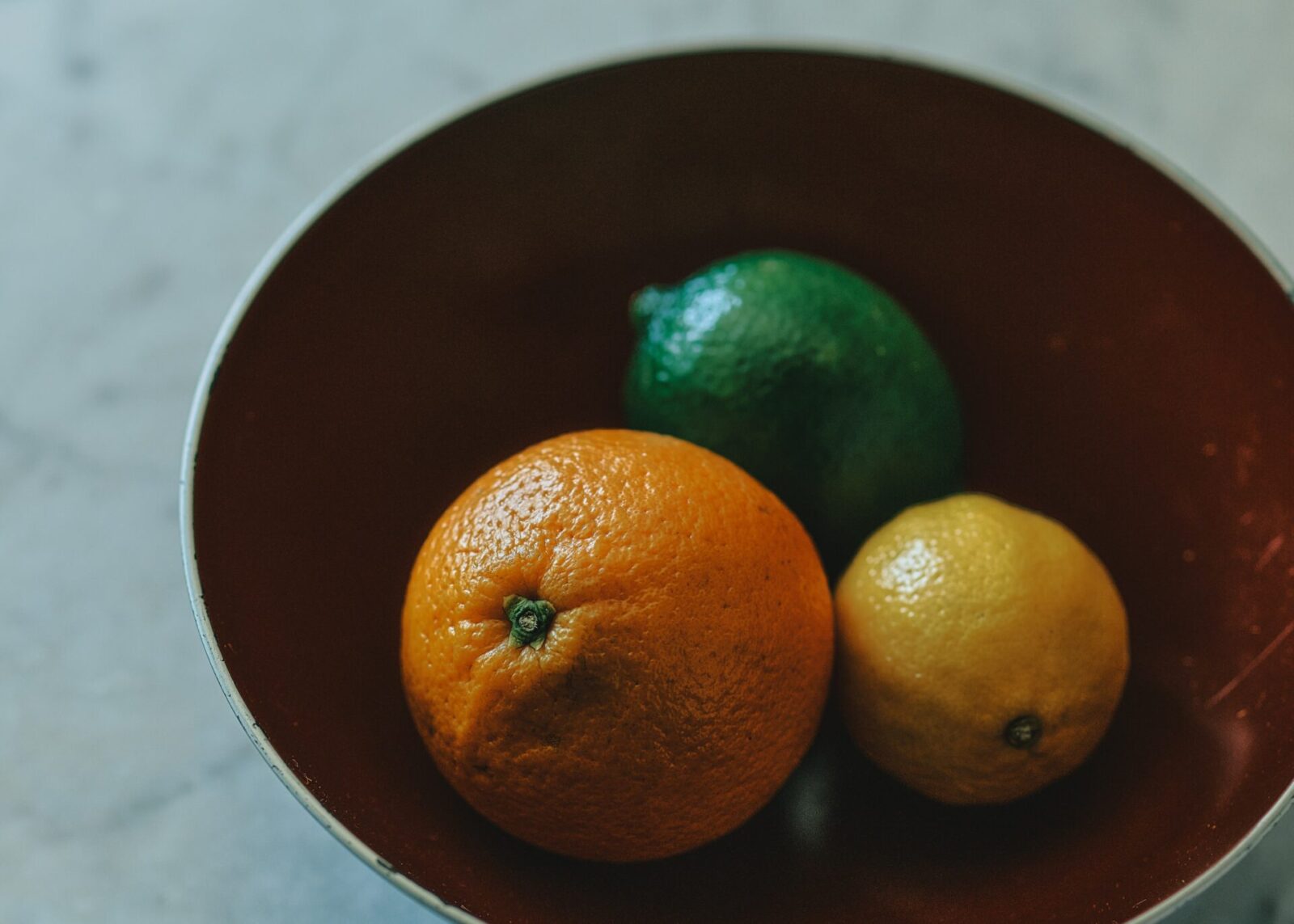
──So your path connected you to food at this point. Was it around the same time that you came up with the concept for Tomo Cola?
In fact, at first I was interested in breadmaking. During my first year at the agency, I wrote a business proposal to produce a bakery that uses beneficial herbs to match a person’s mood. For example, breads like a lavender cream sweet rolls for people who are feeling down, or lemongrass samosa for people who want to be energized.
──That sounds like a great idea.
I approached bakeries and herb farmers with my proposal, and I met someone from the Wa Herb Kyokai (Japanese Herb Association). They told me about the existence of Japanese herbs and spices in the virgin forests of Japan and satoyama (a term to describe human managed forests that are in between villages and mountains).
I learned that there is a Japanese pepper called “futo kazura” and many other native herbs. The Japanese Herb Association was working on bringing back commercial value to these Japanese herbs and spices, and I started helping them as a private consultant. This eventually led me to want to start my own organization and also to the founding of Tomo Cola.
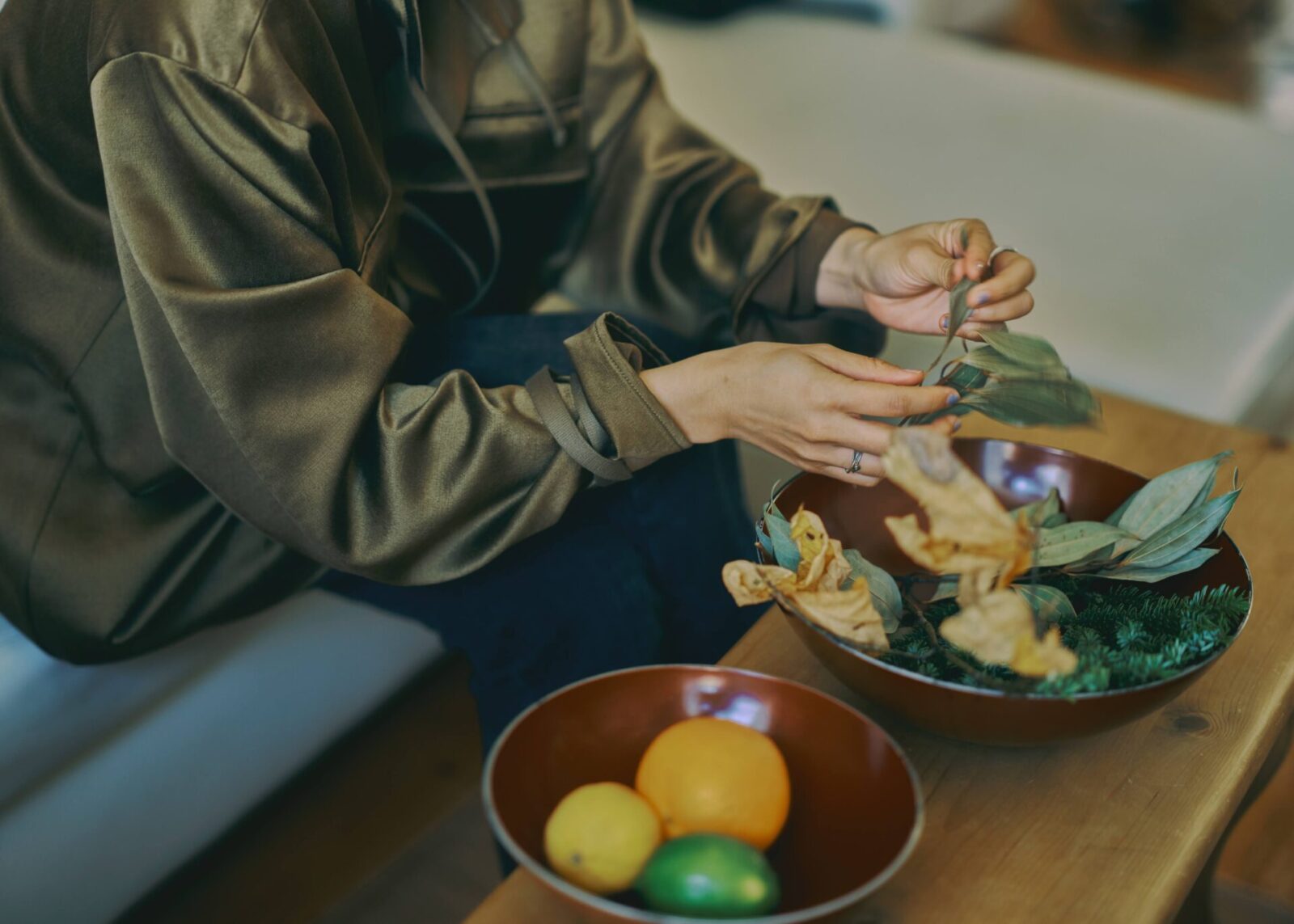
Cola as a medicinal drink
── Why did you choose to make cola?
Cola has a reputation of being bad for your health. However, I read that in the past cola was sold as a medicinal drink and was even used as an antidote in battlegrounds. I thought it would be interesting to bring back the idea that cola is good for your health.
── That is a very intriguing idea. However, it does seem very different from your background of growing up in a very health conscious household.
That’s true. In fact, I had never drank cola before I became interested in it. That’s another reason I thought it would be interesting for someone like me to create a new kind of cola. I don’t have any prior experiences or ideas behind it so I felt I could make a delicious cola that is not heavily influenced by the current mainstream market.
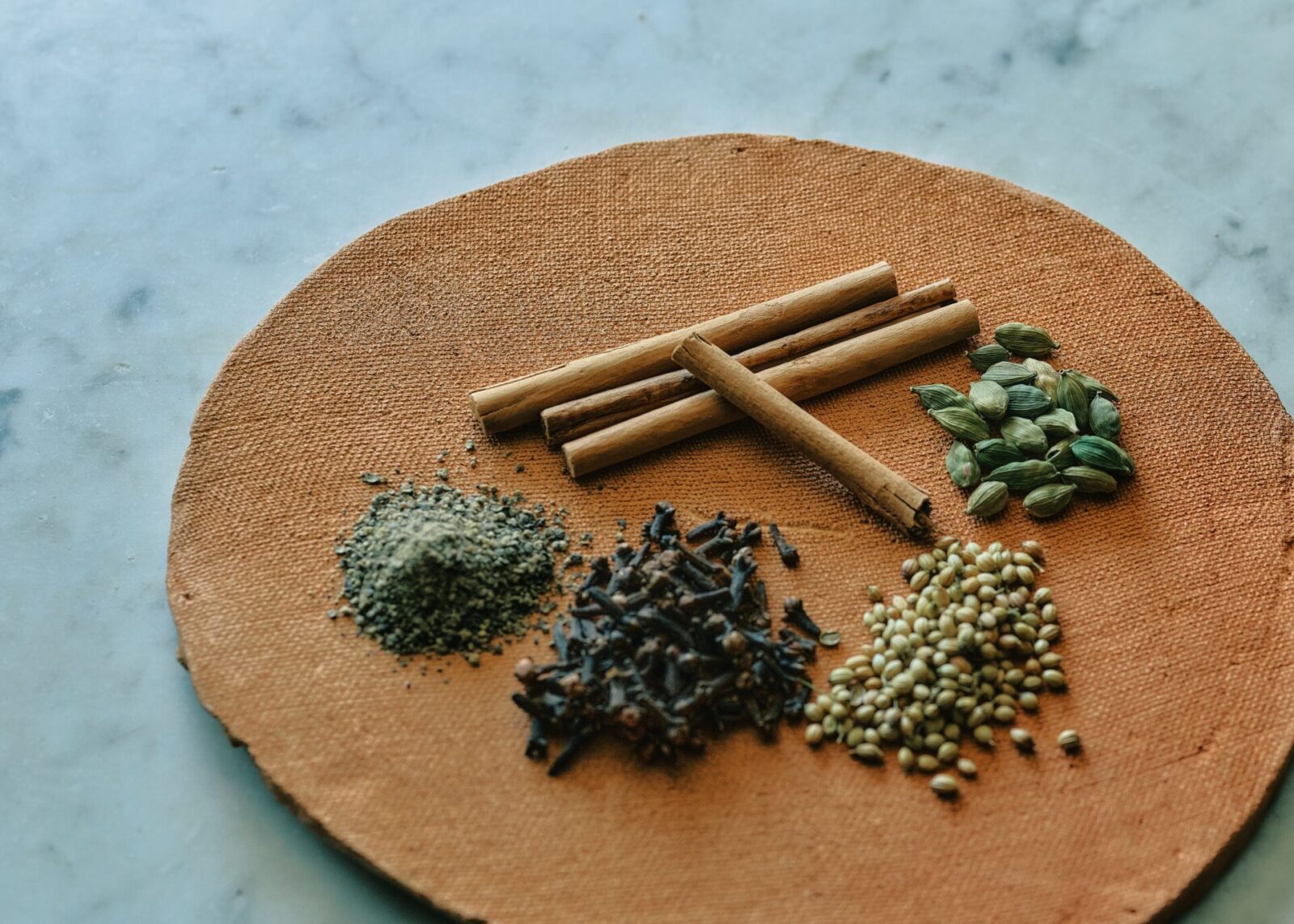
── I see.
First I made some homemade cola and served it to my friends. I received pretty positive feedback and one of my Chinese friends asked if she could take it back to her home country. Quite casually, I decided I should make a logo and put a sticker on it and that was how the current logo was made. The logo is a drawing of a girl with a vanilla plant on her head, and that hasn’t changed since the first logo I made.
── Is the girl in the drawing of anyone in particular?
People ask me that often, and it’s not a drawing of me, but of a good friend of mine. When I took my homemade cola to my favorite café and bar, the staff liked it so much that they asked if they could serve it at the bar right away, and they actually did. From there, the product spread quickly in the restaurant community.

At the time I experimented a lot with the recipe in a rental kitchen. I would cook, disinfect, and carry the final product in a backpack myself. It was so heavy! I should have asked a delivery person from the beginning!
──So that was the beginning of your new business.
I think I was working in a way that the Edo merchants must have worked. I was still working at the agency so when I could no longer run things alone, I switched to having it made at a factory. From there, I created my own company and started social media and e-commerce accounts. Thankfully, my fan base grew and has led to where I am today.
── And in 2019 your company became incorporated?
Yes. It was around July 2018 that I handmade my cola and served it to my friend. I launched the brand product one month later. In March 2019, I switched to factory production. The recipe itself has changed about 30 times so far, and about five times after switching to factory production. The main features of the flavor haven’t changed but the quantity of citrus type ingredients have increased significantly.

── After three years of rapid change and development your product has grown significantly as a brand.
Iyoshi Cola started around the same time as Tomo Cola, and they were very ambitious in their business development so I think the market for craft cola in general has grown a lot. I think that is why Tomo Cola has seen various business opportunities. Tomo Cola is now sold at Seijo Ishii, so I feel it has become something bigger than my personal business.
Exploring the “satoyamas” across Japan
── Moving forward, will you be focusing more on your newly founded Nihon Kusaki Lab (Japan Tree and Grass Lab)?
Yes, I think so.
── Can you tell us more about how Nihon Kusaki Lab (Japan Tree and Grass Lab) was founded?
I was making different versions of Tomo Cola using ingredients sourced from various local regions so I was traveling around Japan and visiting various “satoyama” forests. During that time the Wa Herb Kyokai (Japanese Herb Association) taught me about native Japanese cinnamon and pepper spices.
── What are some examples of native Japanese herbs and spices?
This herb I have in my hand now is a native plant. When it is dried, it initially has the scent of kabosu (a green citrus fruit). When that scent disappears, it starts to smell like berries. The color changes as well, which is interesting.

── From citrus to berries. That is a drastic change in scent.
It is an extremely rare, fragrant tree and can only be found in one alpine area of Tohoku now. In the past it used to grow in Zao Town of Yamagata Prefecture, but it is now extinct there.
Everytime I encounter a plant such as this one, I am filled with excitement, but I don’t necessarily want to make it all into a cola drink. When making cola, all spices turn into a cola flavor. Plus, cola is originally a western drink, so in order to really promote native Japanese ingredients, I wanted to create a large food distributor, like SB Foods* that is based on Japanese “satoyama” ingredients.
In June this year, I founded the Nihon Kusaki Lab (Japan Tree and Grass Lab) with my friend Rie Motoki, who is a creative director. In August, we announced the Wood (Food) People project.
*SB Foods is a major Japanese food manufacturing and distributing company. They reestablished their brand in 2000 under the name SPICE&HERB.
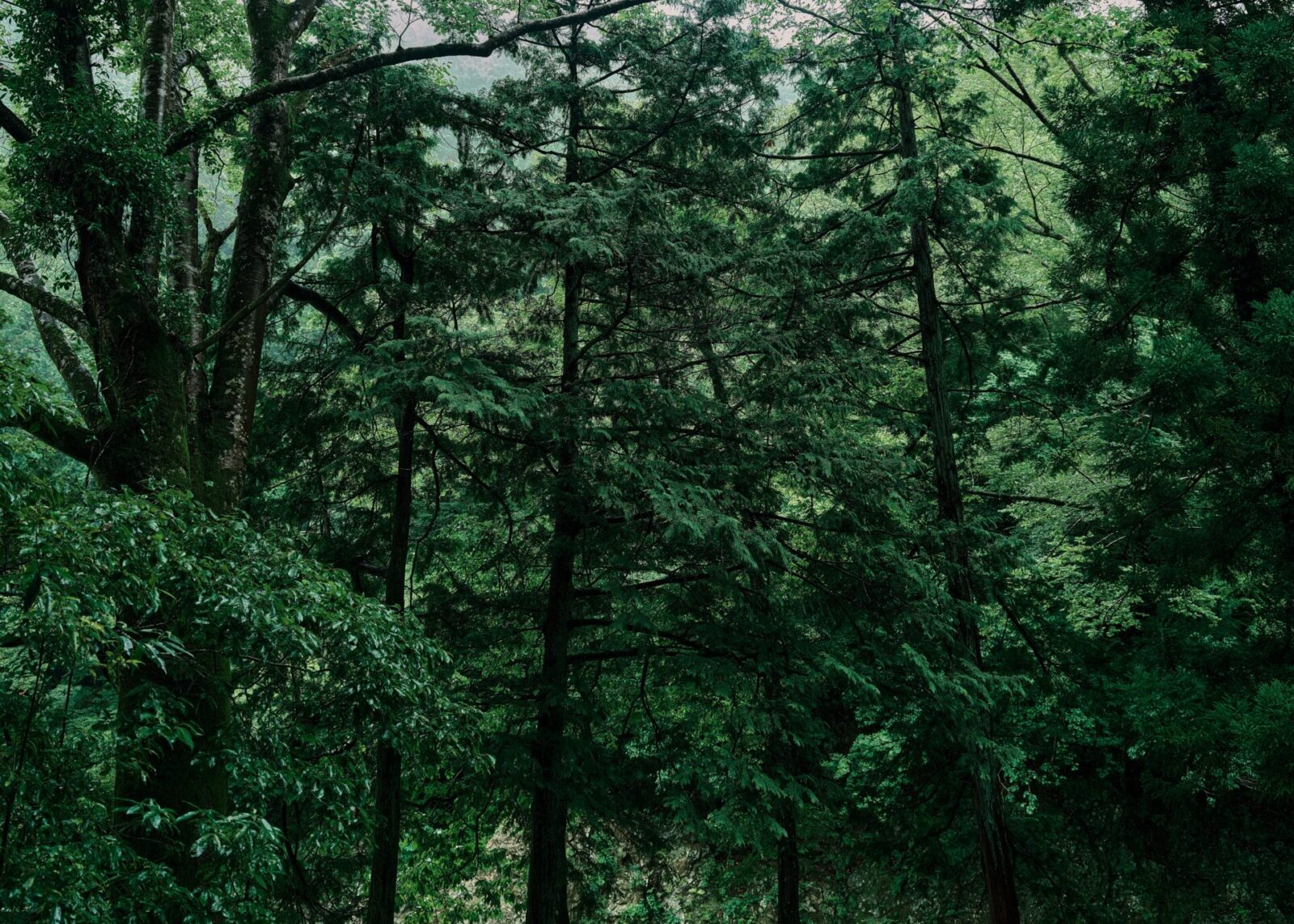
Pioneering the edible wood movement
─── Your Wood (Food) People project is an ambitious attempt to make wood edible. What was the response to the first two products, soda and syrup?
I was surprised to find that the syrup sold quite well. I think people are adventurous and want to try different things.

── Perhaps because it is such an unfamiliar syrup, people want to try using it in various drinks and dishes. Considering how unprecedented this product is, did you find developing it very difficult?
Whether in small or large amounts, all trees have phytoncides, an antimicrobial compound, in order to repel bugs which made it difficult to work with. These compounds have very positive effects when forest bathing or breathing in the scents, but it can be dangerous if it is consumed in high volumes. In order to turn these ingredients into food that is safe for human consumption, I looked for data on safe consumption levels, but could not find any such information.
──Eating wood in itself is a completely new genre.
That is why we started by testing and collecting data on its safety. In fact, the amount of these compounds in our products are far below the amount set by any standards. We are also working with a university to research tree compounds to scientifically prove the calming effects of these ingredients.
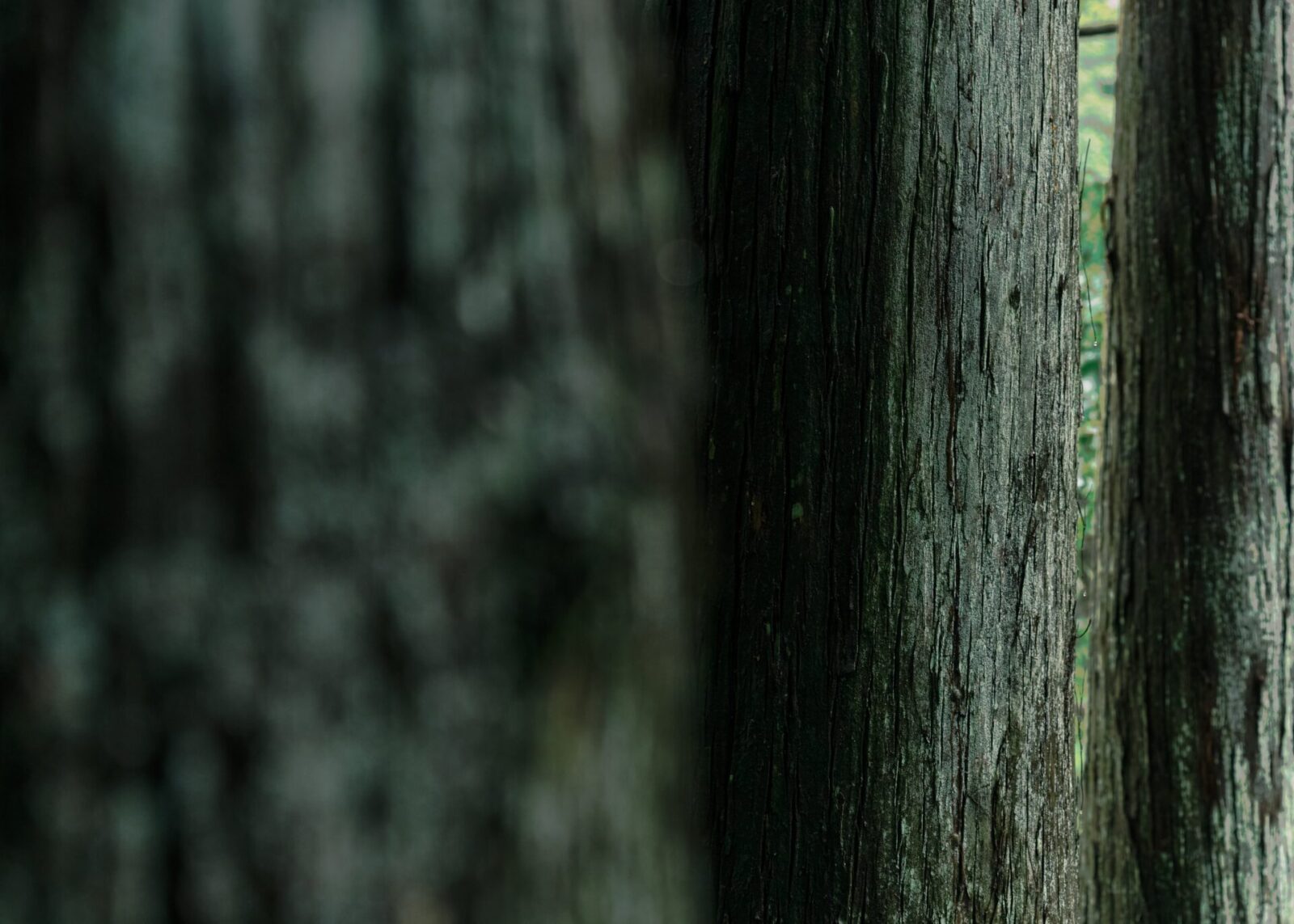
── Your lab is making non-alcoholic sodas and syrups through this kind of dedicated research, but do you see adding alcoholic beverages in the product line of the Wood (Food) People project?
I myself cannot drink too much alcohol, but I have always been interested in developing alcoholic drinks. Non-alcoholic and alcoholic drinks deliver aromas very differently and alcoholic drinks are much better at preserving the fresh scents of extracted oils. It is generally not necessary to disinfect alcohol, but we have to heat up non-alcoholic drinks in order to disinfect them. That is where the aromas get lost. Non-alcoholic drinks cater to a larger population, but I think alcoholic drinks create a better “shikohin” (a food or drink for pleasure).
Finding “mental silence” in cooking
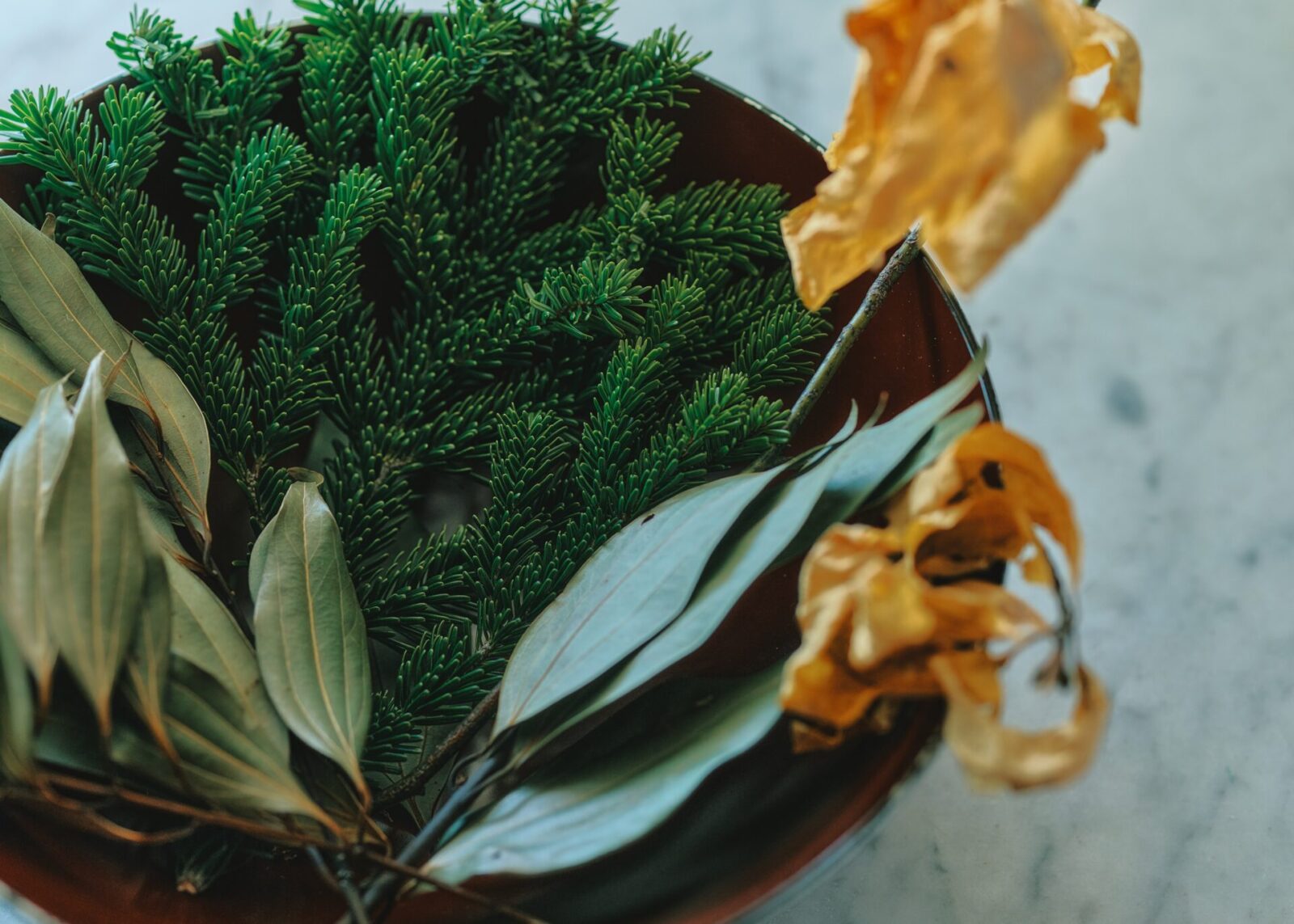
── We look forward to the announcement of an alcoholic drink made from wood. You must have a very busy schedule considering your new project and daily work, but what “shikohin” do you enjoy when you take time to recharge?
I like to light incense or put essential oils in my bath. Although it may not exactly be a “shikohin,” I feel most relaxed when I am cooking. I like to think simple thoughts like what to add to make the dish more delicious. When I am tired or feeling low, I cook. These last few days, I have spent most of my time cooking and do a little work in between (laughs).
Cooking allows me to be in control of everything and I get to enjoy the food later. It is the most accessible and enjoyable pastime. Also, when I work in the countryside, I am able to detach myself from all relations so it creates a mental silence inside me. Lately I feel that there is really no real need to be in Tokyo.

── It is nice to be based in the countryside. Nihon Kusaki Lab (Japan Tree and Grass Lab) is based in Karuizawa, right?
Yes. Since the Nihon Kusaki Lab (Japan Tree and Grass Lab) is based in Karuizawa, I would like to do something of real significance there. Right now I am envisioning a restauraunt in the forest that uses locally sourced produce and ingredients.
I tend to eat out often and I really like restaurants that respect the ingredients. I am inspired by the way they address their produce and handle natural ingredients and imagine what they are thinking when they are cooking. The dishes made by these chefs are very much like an art piece and I am always so impressed by them. I hope to bring that kind of aspect into the works of “Nihon Kusaki Lab” (Japan Tree and Grass Lab) and the “Wood (Food) People” project to open up the gates a little more and spread these concepts to the world.
Photo: Eichi Tano
Translation: Sophia Swanson
From Fukuoka. Traveled around Japan on bicycle after graduating university and began freelance work at the same time.
Written for multiple media while on the road, traveling over 5000 km. Continues to write and edit today as well as occasional filming.
Favorite soccer team is Liverpool FC. YNWA.
Editor and creator of the future through words. Former associate editor of Huffington Post Japan. Became independent after working for a publishing company and overseas news media. Assists in communications for corporates and various projects. Born in Gifu, loves cats.
